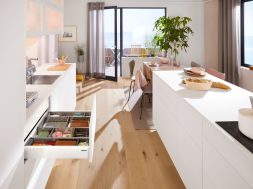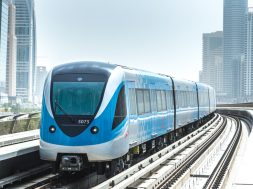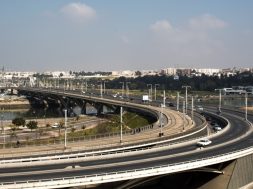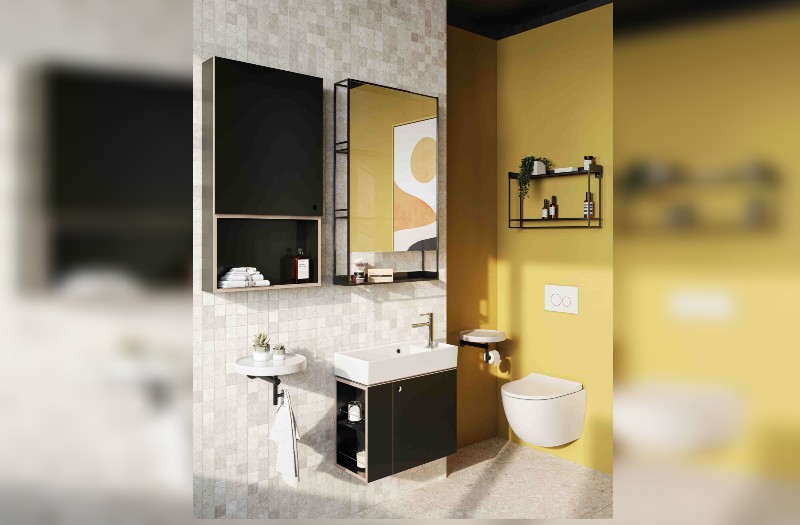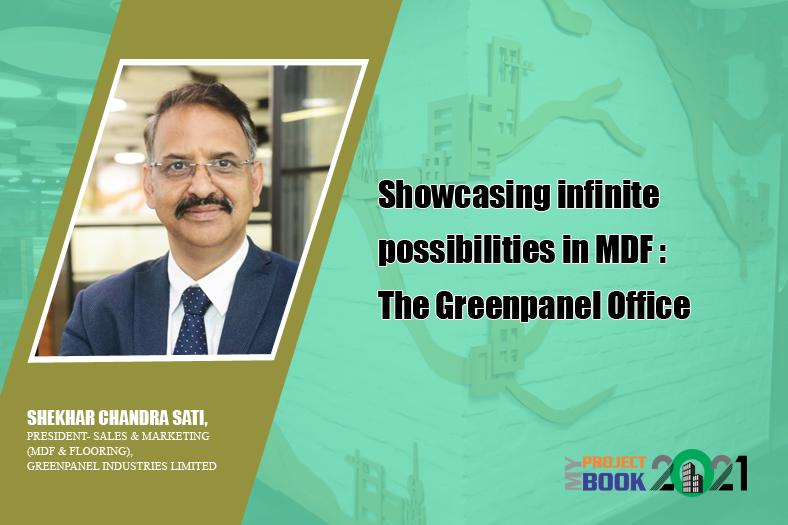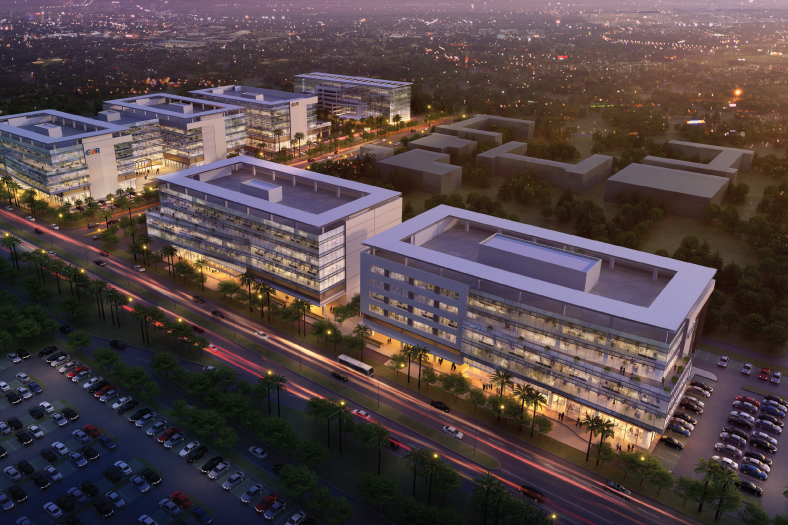Chandigarh is a city with a high degree of urbanisation and most of the commercial areas in this city are concentrated in specifically designated sectors. Hence, there arises a need for developing other commercial centres within the city.
The site for Centra Mall is located in the industrial sector on the most visible corner plot on the main sector road and is fed by a four lane road & two arterial roads, which aid the site in achieving high accessibility. Also, there are excellent linkages from the airport, railway station and the residential and institutional areas of the city, thus making the site an extremely vital component of the city fabric.
The design intent for the mall has two predominant aspects viz. the socio-cultural aspect and the environmental strategy. Traditionally, malls have been approached with a box-type morphology that excludes people and is not democratic in nature. Hence, the approach has been to reverse this morphology and open up the box instead towards the site context and surroundings. The built form enclosure is straight-off the road and the design approach is directed towards providing a high street nature to the mall which opens up. An atrium along the premium road access helps to attain the public disposition, whilst maintaining the mall typology. The retail shops and the entertainment block face the atrium and being wholly transparent, it allows visibility of all the shops from the road. State of the art escalators and elevators allow for the vertical movement and build in pedestrian linkages inside the mall. The layout is extremely efficient with very low super area loading. There are two levels of basement with adequate parking and centralized building services.
The building is oriented along north-south to optimise the built form orientation with glazing predominantly restricted to the North side. The remainder of the built form is mostly solid in order to minimize heat gain and reduce the mechanical loads. The glazing also facilitates natural light into the public areas, which reduces electrical energy consumption. The environmental code recommends the glazing to be under 40 per cent of the surface area of the built volume which is well-realized in the design. A 100 mm separation is provided between the glass façade and the concrete block to serve as a heat insulator. Also, the glass is low e-coated which further reduces the heat gain.
A thermal wheel heat recovery system for each auditorium is provided for pre-cooling fresh air by retrieving cooling energy from exhaust air (without physical contact) to further reduce the energy consumption. To reduce the water demand, the project relies on 100 per cent rainwater recharge and even re-uses the collected rainwater which after filtration is fed back into the domestic tank. A dedicated sewage treatment plant is provided to treat the waste water and re-use it for flushing water, gardening and air-conditioning / cooling tower purposes. Solar hot water heaters are used to provide hot water to the food court / restaurant areas in order to reduce the electrical load.
The structure is 100 per cent earthquake resistant and light weight concrete blocks are used in the multiplex in place of conventional brick to maximize sound insulation and reduce the overall dead load on the structure. All the front columns are cast in seamless MS Pipes to enhance the structural strength and the aesthetic value of the structure.
Architecture & Image courtesy: Morphogenesis
Cookie Consent
We use cookies to personalize your experience. By continuing to visit this website you agree to our Terms & Conditions, Privacy Policy and Cookie Policy.
